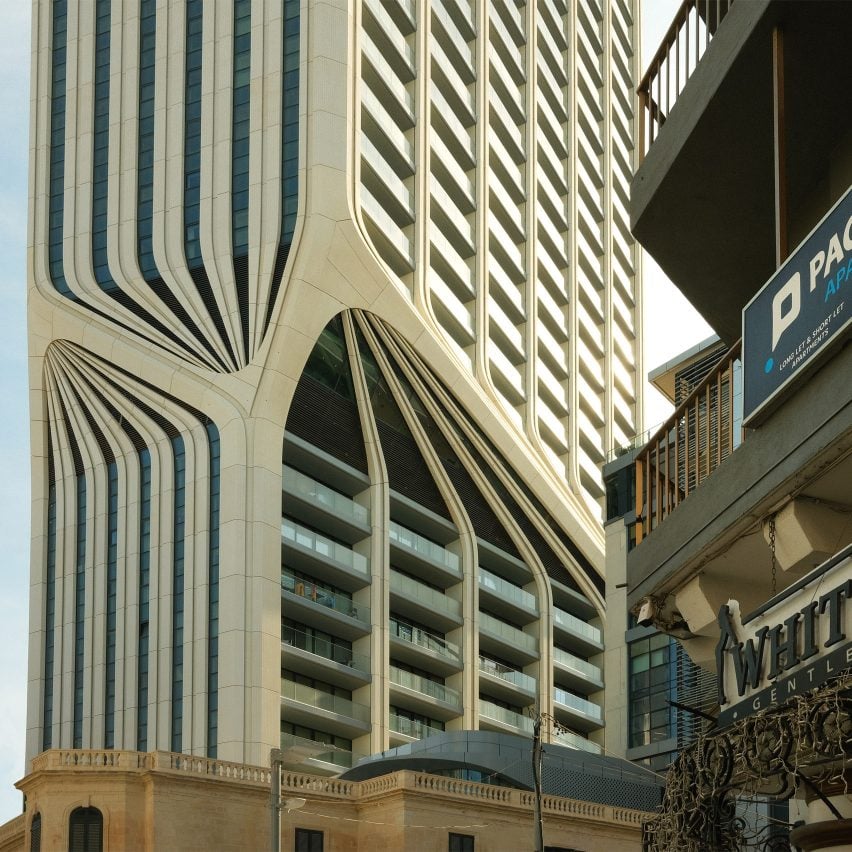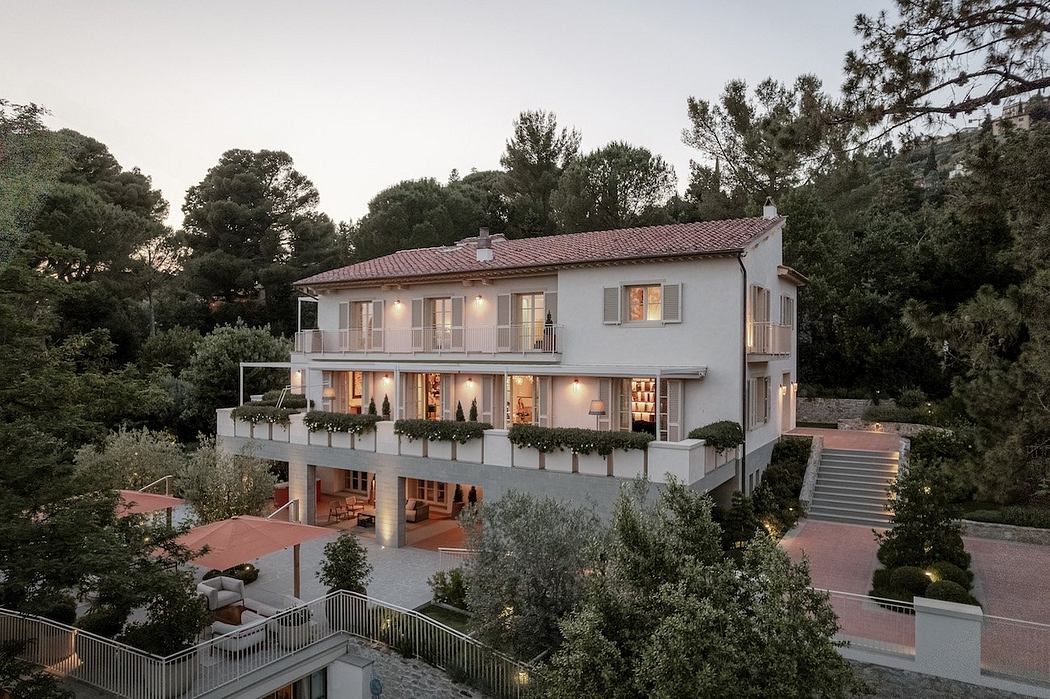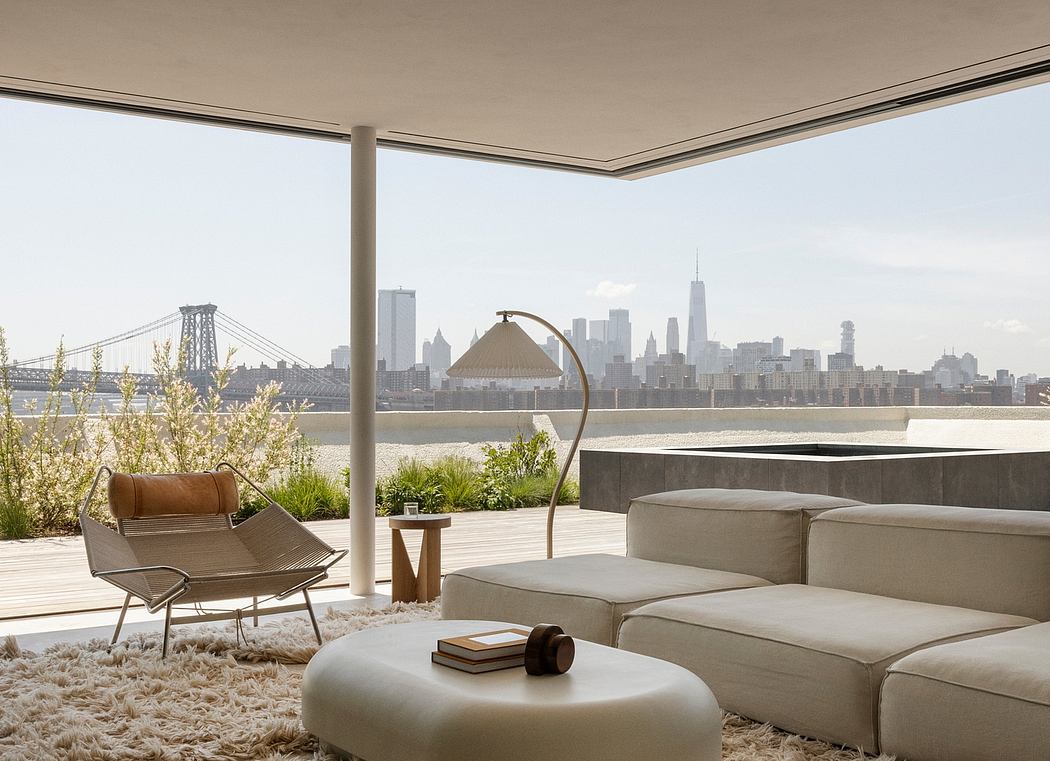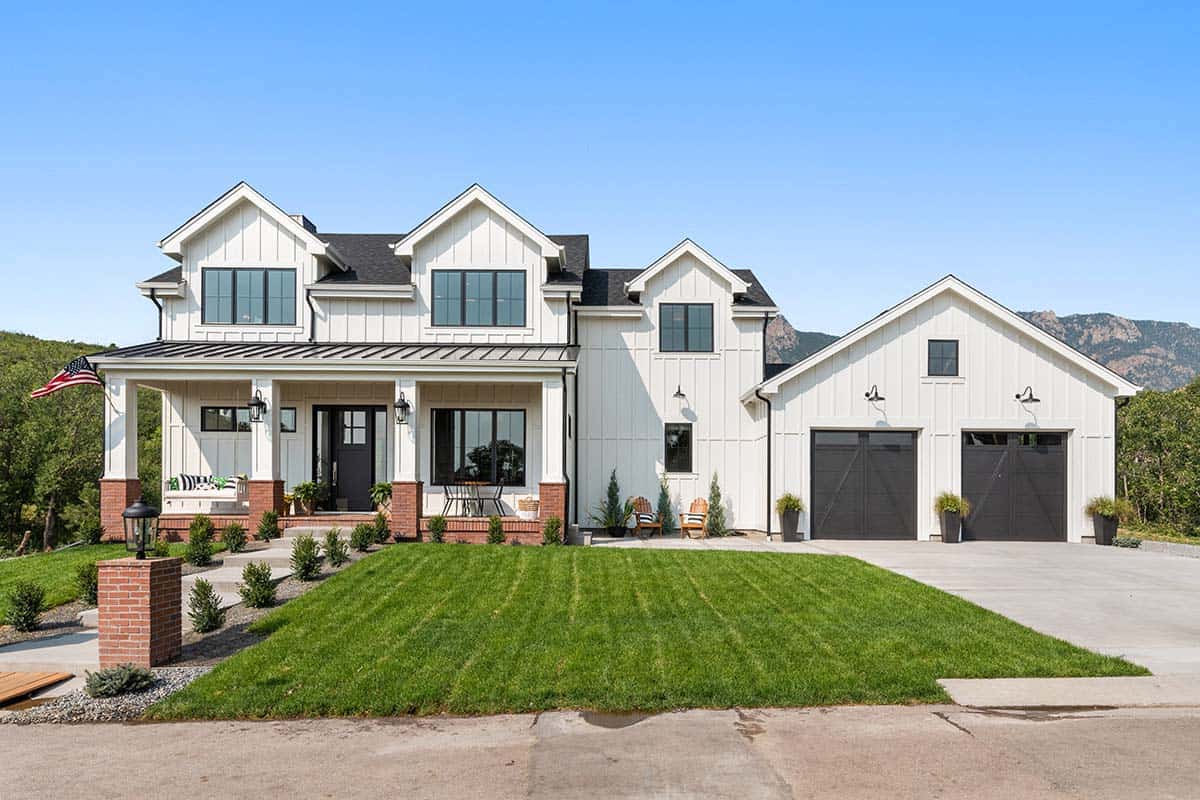"Is Mercury Tower a saviour or symptom of Malta's urban fate""

Zaha Hadid Architects' twisting Mercury Tower is a symbol of Malta's confused urban priorities and raises questions about how much influence individual buildings should have over a place, writes Ann Dingli.
Mercury Tower is Malta's most recently completed tall building. A boxy, famously twisted tower of 31 storeys designed by Zaha Hadid Architects, it was apparently one of the last projects to be signed off by the late principal herself.
One of several high rises now sprouting on the islands, it sits a few minutes away from the coast in a town called Paceville ? a thick, doughty representative of Malta's complex urban morphology.
Paceville is a spiky pseudo-peninsula that juts out of Malta's eastern shoreline. The once-sleepy town emblematises the Mediterranean archipelago's self-immersion into late-20th century capitalism. Its urban origins trace to the 1920s, beginning with a string of seaside villas built by a developer and lawyer named Pace. Quite who would want to live there for ?22 million remains an inveterate mystery
By the 1960s, the topography of the peninsula revealed itself as ripe for vista-mongering. It became a breeding ground for big hotelier-ing, and a metaphorical swipe card into the snowball momentum of the country's even more serious 1980s tourism boom.
By this time, prophetic warnings had been sounded out to the islands by architectural and urban thinkers from afar. They cautioned that, without a plan, Malta would become prey to intense overdevelopment...
| -------------------------------- |
| Interview: Hotel Sanders Copenhagen by Lind + Almond | Interiors | Dezeen |
|
|
Villa M by Pierattelli Architetture Modernizes 1950s Florence Estate
31-10-2024 07:22 - (
Architecture )
Kent Avenue Penthouse Merges Industrial and Minimalist Styles
31-10-2024 07:22 - (
Architecture )






